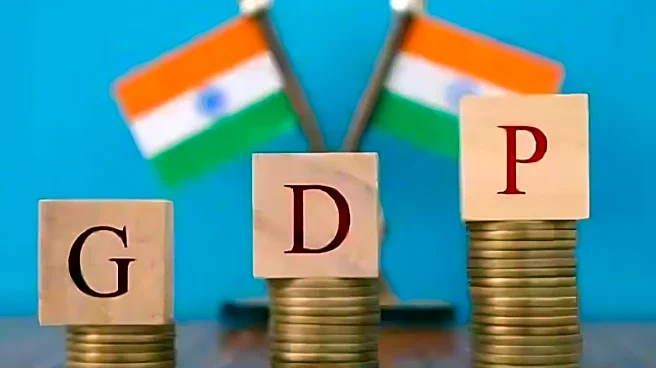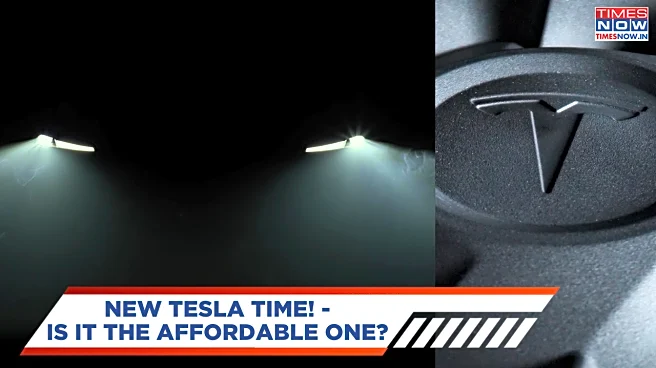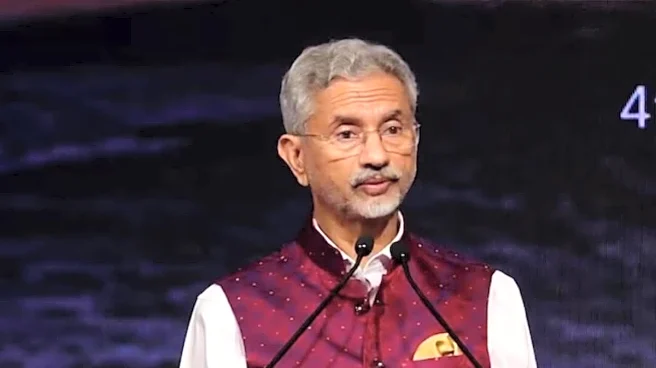While Indian households collectively hold an estimated $3 trillion in gold, much of it remains tucked away in lockers, doing little to support economic growth. Nithin Kamath, co-founder and CEO of Zerodha, believes this vast, idle asset could play a far more productive role.
“We need better ways to financialize this gold beyond just gold loans,” Kamath said, noting that equities, by contrast, directly fund companies and help drive the economy forward.
Indian households hold ~$3 trillion in gold (World Gold Council estimate), sitting idle in lockers. Meanwhile, equity investments fund companies that need capital to grow. We need better ways to financialize
this gold beyond just gold loans. pic.twitter.com/j0D4DI0bOi
— Nithin Kamath (@Nithin0dha) October 7, 2025
To illustrate his point, Kamath shared a chart comparing the annual returns of gold and the Nifty 500 index from 1996 to 2025. The data highlights that equities outperformed gold in 24 out of 30 years, demonstrating their stronger potential to generate long-term growth.
Historical data shows that both gold and equities have experienced periods of strong gains and steep declines. The Nifty 500 delivered triple-digit returns in several years — 101% in 2003, 105% in 2004, and 91% in 2009 — but also saw sharp losses of -57% in 2008, -22% in 2001, and -26% in 2011.
Gold, on the other hand, provided steady but moderate returns over the years, with notable spikes of 32% in 2011, 27% in 2020, and an expected 16% in 2024, and fewer negative years compared to equities. The year 2020 stood out as an outlier, when both assets rose amid the global pandemic — the Nifty 500 gained 16% while gold advanced 27%.
In pure scale, India’s household gold holdings — about 25,000 tonnes — are the world’s largest, accounting for 14% of global gold stock, according to UBS Securities India. This stockpile is worth around $2.4 trillion, equivalent to 56% of India’s nominal GDP in FY26 and even larger than total bank credit, which accounts for 55% of the economy.
UBS chief economist Tanvee Gupta Jain recently said in a note that gold prices could rise further, with the brokerage’s house view projecting $3,500 per ounce in FY26. The metal briefly crossed that mark in April this year, touching $3,501 per ounce.
Earlier, HSBC Global had observed that Indian households now own more gold than the combined reserves of the world’s top 10 central banks, including the US, Germany, China, and Russia. By comparison, the Reserve Bank of India held 876.18 tonnes of gold as of December 2024.
Kamath’s remarks, paired with these figures, underscore a long-standing challenge — how to channel India’s love for gold into productive financial assets that can help fuel the country’s growth story.



/images/ppid_a911dc6a-image-175984643547184157.webp)








/images/ppid_a911dc6a-image-175977623253873058.webp)

